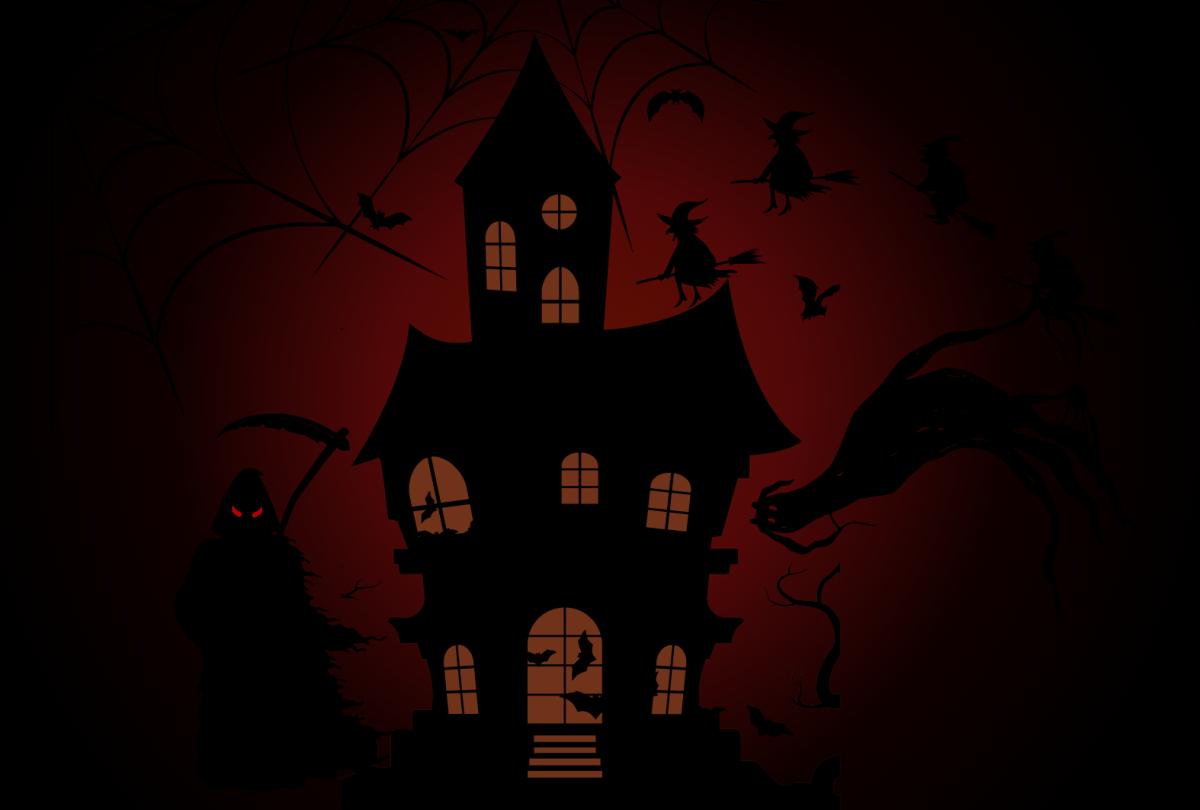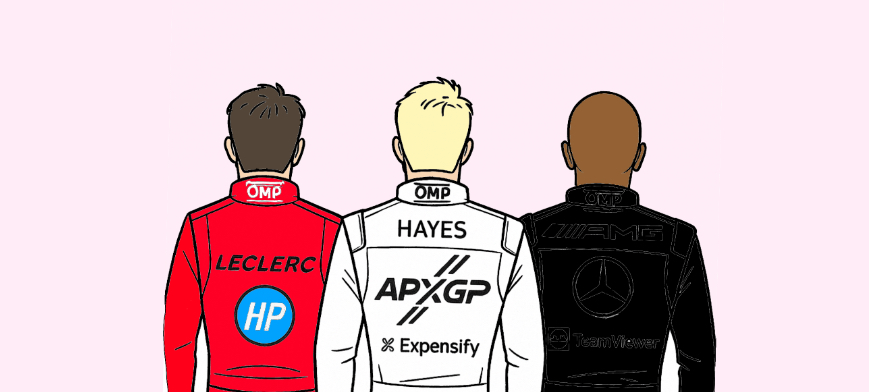Recently, the opportunity to view the new Joker: Folie à Deux arose. In Gotham, the famous Arthur Fleck, in custody at Arkham State Hospital, awaits his sentencing for his brutal murders two years prior. As he confides to his monotonous daily routine, he meets Harleen Quinzel, another patient who has faced similar struggles. Together, they bond, forming a strong relationship built on shared trauma and a determination to escape prison and live freely. Arthur Fleck: a madman. Harleen: his supposed savior. The plot of Joker: Folie à Deux is captivating and intriguing, a concept that, on paper, that seems like a great movie. However, the execution of the movie includes too many portions of musical scenes, with AF and HQ performing their songs.
Since the highly acclaimed Joker, the public has been eagerly awaiting its sequel: Joker: Folie à Deux. This movie was advertised with Joker finding a romantic partner in the dark streets of Gotham, enhanced by exciting musical performances. Harleen Quinzel was played by Stefani Germanotta, also known as Lady Gaga, phenomenal musical artist and movie actress.
Going into the film, I expected an entertaining and thrilling performance from the actor, the antagonist, showcasing his polarizing personality and rages, paired with captivating singing and dancing scenes with actress Lady Gaga.
Sophomore Jerry Guo felt that “Joker isn’t a villain. He’s just broken.” What I got, however, was a mix of depressing prison life and abrupt jump cuts to numerous musical scenes of Joker and Harleen Quinzel performing. The musical elements felt forced, as the singing scenes interrupted Joker’s storyline, almost as if they were injected randomly. The run time of 2 hours 18 minutes felt bloated and stretched.
Joker: Folie à Deux, directed by Todd Phillips, is based on a screenplay that draws from DC Comics characters. What immediately contrasts with the first Joker is the change in mood: the movie immediately starts out in a grim prison marked by authoritarian guard abuse and an incredibly dim mood, full of grave expressions from Arthur. In a visibly depraved state, Arthur exhibits traits of extreme malnutrition and mistreatment.
The use of color in this film is exciting: the film uses darker, blue colors to depict the horrifying, abusive prison scenes, while using a more theatrical, brighter yellow color to depict the cheerful musicals featuring Joker and Harleen Quinzel. These contrasting colors help establish a mood between the scenes: Joker’s sadness to his haven with his lover.
Understandably, Joker: Folie à Deux was unable to live up to the hype Joker created. While its use of colors was beautiful and vibrant, the constant musical performances diminished the value of Joker’s story, diluting the significance of the prison scenes and his brutal life following his crimes. Joker: Folie à Deux remains a film worth watching and appreciated for its portrayal of a mentally destroyed Arthur Fleck trying to be saved by a woman who does not truly understand him. Ultimately, the movie paints an important picture of abandonment and the mental struggles of not truly knowing oneself.







